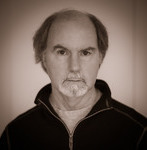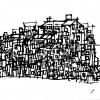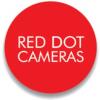BEOON - enlarger lenses to avoid / recommended (Open thread - please add your experience for benefit of others)
-
Recently Browsing 0 members
- No registered users viewing this page.
-
Similar Content
-
- 4,359 replies
- 451,717 views
-
- 17 replies
- 584 views
-
- 592 replies
- 32,830 views
-
- 8,441 replies
- 785,364 views
-
- 448 replies
- 35,778 views
-






Recommended Posts
Join the conversation
You can post now and register later. If you have an account, sign in now to post with your account.
Note: Your post will require moderator approval before it will be visible.